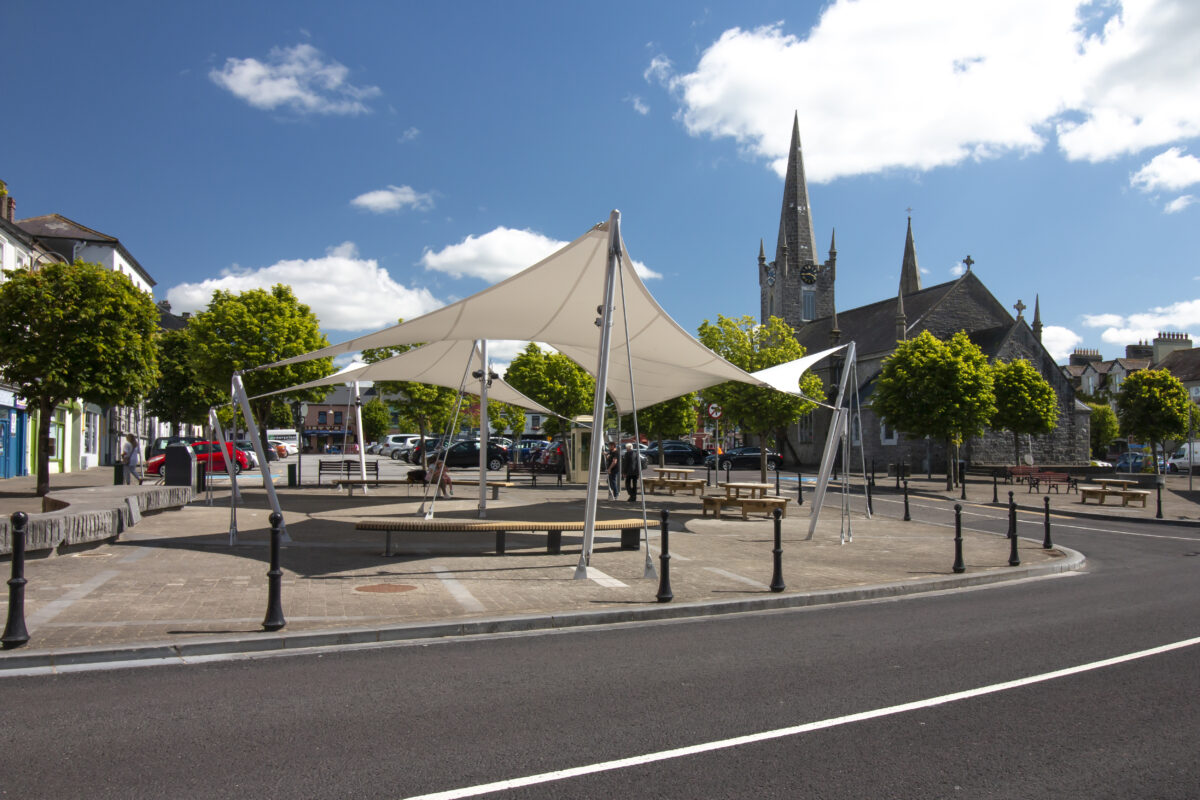
Last year, Irish minsters outlined policies targeting the regeneration of town centers across the country. By creating areas that are ‘viable, vibrant and attractive,’ whilst at the same time servicing the social, cultural and recreational needs of well-established communities, the Irish approach looks to service existing needs at the same time as attracting new inward investment to areas in need of rejuvenation.
At the core of these policies are measures to reduce the decline of small towns and cities, which have struggled to compete with larger urban areas in terms of attracting investment, jobs and therefore an influx of people. By focusing on these towns, policymakers hope to revitalise deprived areas and create more livable communities that can attract residents and businesses.
Base Structures have been lucky enough to work on some high-profile projects in Ireland that address the need to engage communities and develop flexible living and working arrangements that combine the need of communities with those of business and industry as well as provide spaces that are in keeping and sympathetic to historical architecture.
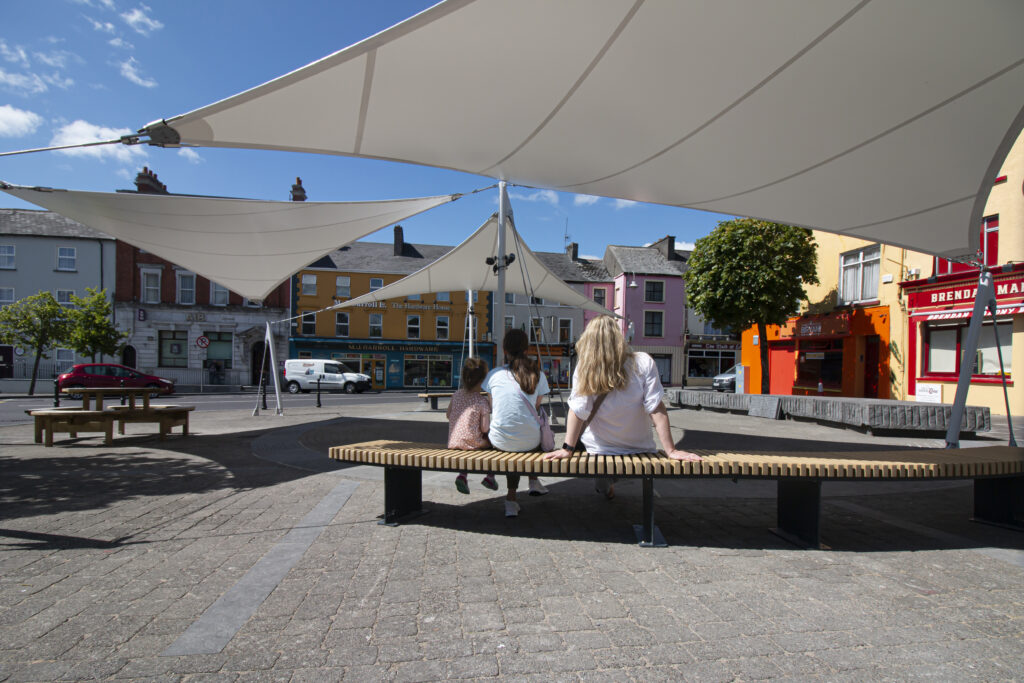
Developing and encouraging a mix of uses in a town centre makes it more viable when it comes to living flexibly – residential, commercial and space for cultural activities can all exist amongst each other. This can help create a lively and diverse urban environment that is attractive to different groups of people – and can promote creative solutions for parks, pedestrian-friendly streets, public environments and town squares.
In Listowel, we worked with Kerry County Council and Architect Isla Rutgers to devise a canopy system to stimulate socialising and utilisation of an existing but under used pedestrianized area. The result was a cost-effective pre-designed canopy with an added lighting system that vitally was sympathetic to the heritage and history of the surrounding buildings.
Engaging with local communities and stakeholders in the development process is key to these policies. This might involve consulting with residents and businesses to understand their needs and preferences, and involving them in decision-making processes. By looping in communities at each stage, town centres stand a much better chance of designing for the people that matter – the residents themselves.
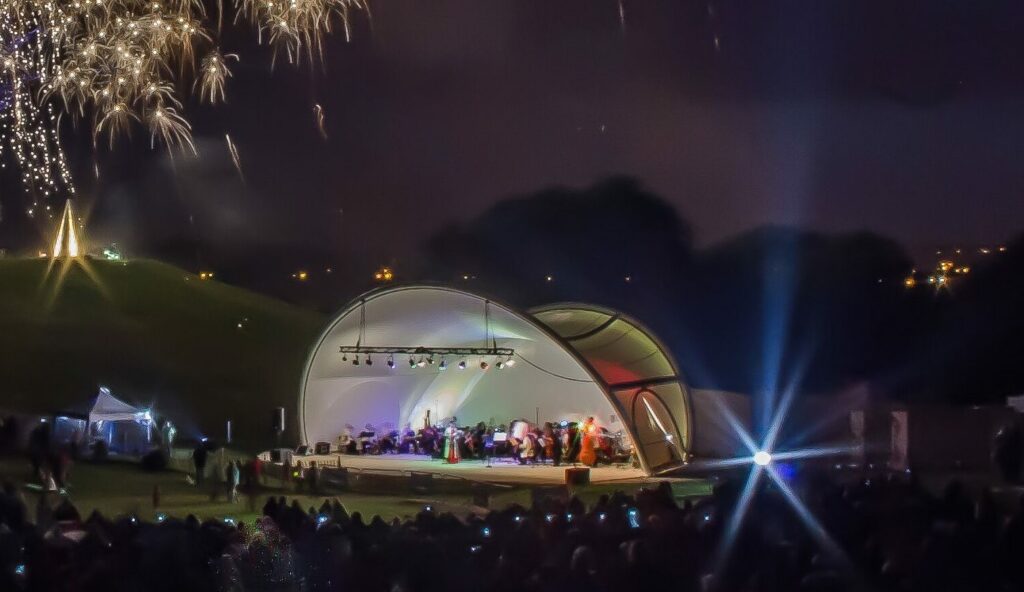
Another benefit of the town centre first policy is that it can help reduce sprawl and promote more sustainable development patterns. By prioritising the development of existing urban centres, the policy discourages the creation of new developments on the outskirts of cities and towns, which can lead to increased car dependency and a decline in public transport usage.
Our work in Portrush in Northern Ireland, for example, also helped regenerate a disused municipal area on the seafront into a flexible entertainment hub, with the addition of a fabric canopy to improve socialising options outside.
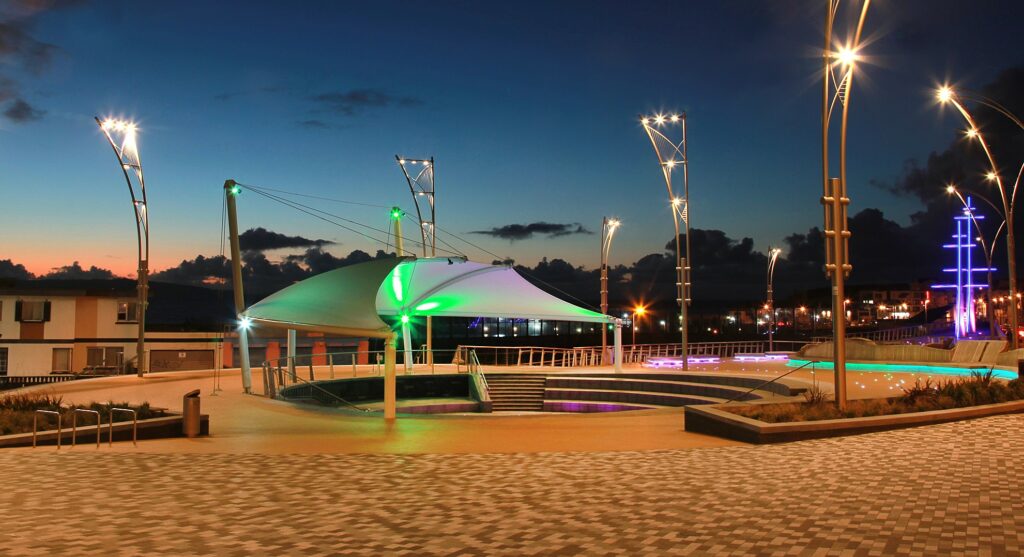
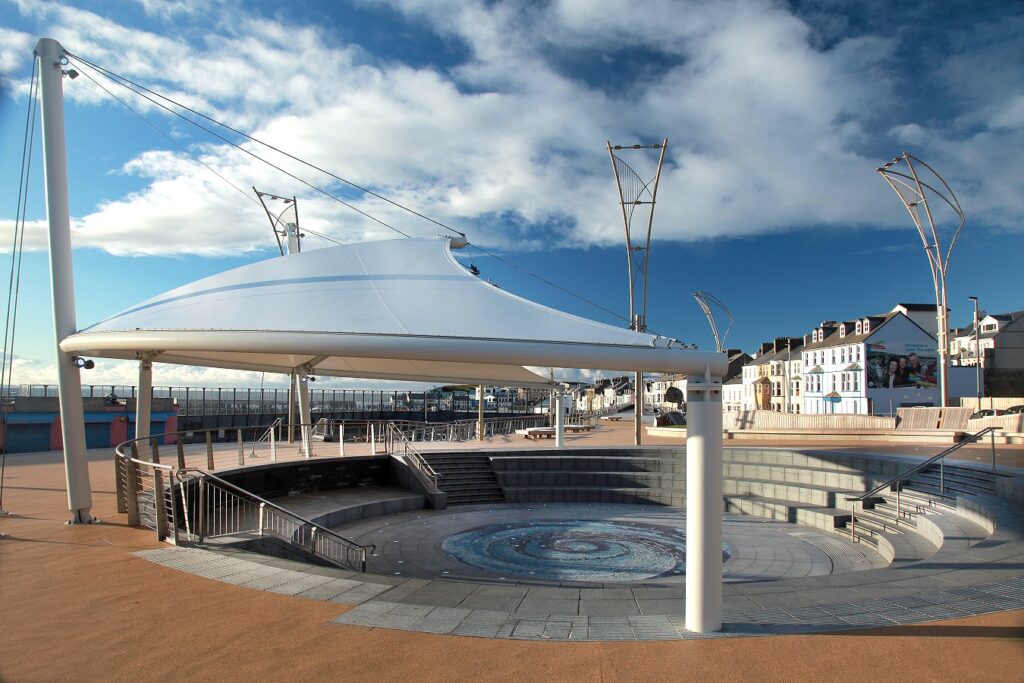
To find out more about Base Structures’ involvement in placemaking and adapting, renovating and rejuvenating town centre environments affordably and efficiently, we have a number of other blogs to read, from inspirational placemaking examples to how town centre design can play a key role in reinventing urban squares for the future city.









